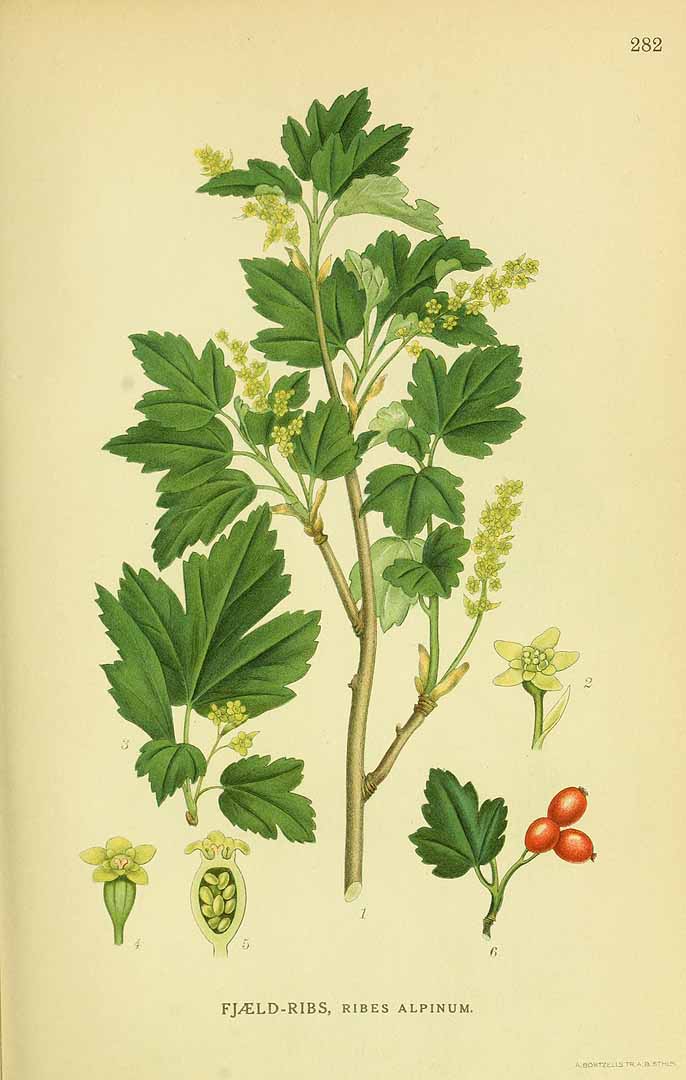! Nouveau site ici !
Vita > Plantae > Magnoliophyta > Magnoliopsida > Rosales > Grossulariaceae > Ribes

 suivante
suivante
![Illustration Ribes alpinum, Par Sturm, J., Sturm, J.W., Deutschlands flora (1798-1855) Deutschl. Fl. vol. 13 (1828) t. 36] , via plantillustrations Illustration Ribes alpinum, Par Sturm, J., Sturm, J.W., Deutschlands flora (1798-1855) Deutschl. Fl. vol. 13 (1828) t. 36] , via plantillustrations](../inc/images/illustrations/ribes_alpinum2.jpg )
![Illustration Ribes alpinum, Par Sturm, J., Sturm, J.W., Deutschlands flora (1798-1855) Deutschl. Fl. vol. 13 (1828) t. 36] , via plantillustrations - Fermer Illustration Ribes alpinum, Par Sturm, J., Sturm, J.W., Deutschlands flora (1798-1855) Deutschl. Fl. vol. 13 (1828) t. 36] , via plantillustrations - Fermer](../../inc/images/illustrations/ribes_alpinum2.jpg )


| Taux d'humidité | Énergie (kj) | Énergie (kcal) | Protéines (g) |
| / | / | / | / |
| Pro- vitamines A (µg) |
Vitamines C (mg) | Fer (mg) | Zinc (mg) |
| / | / | / | / |

